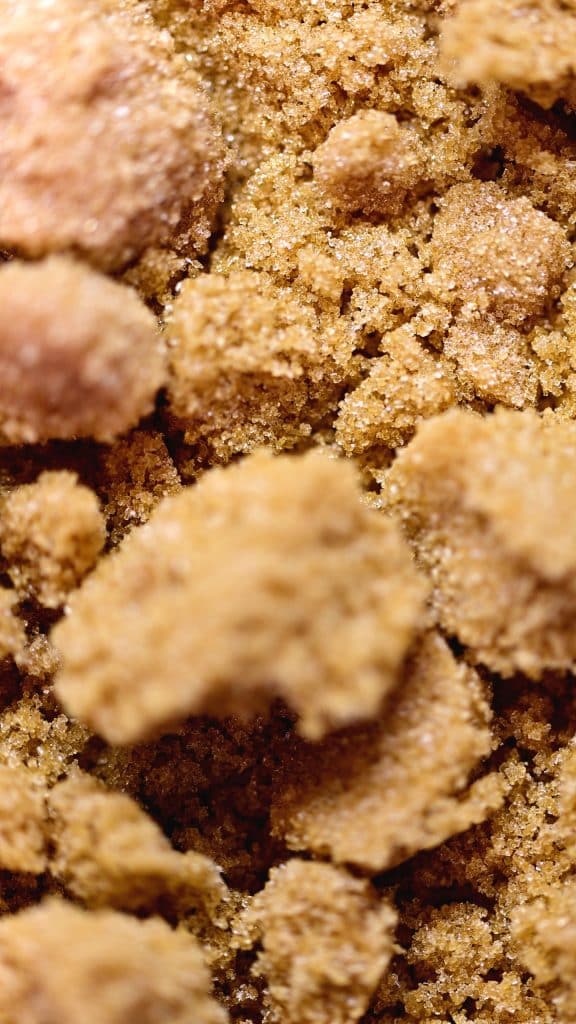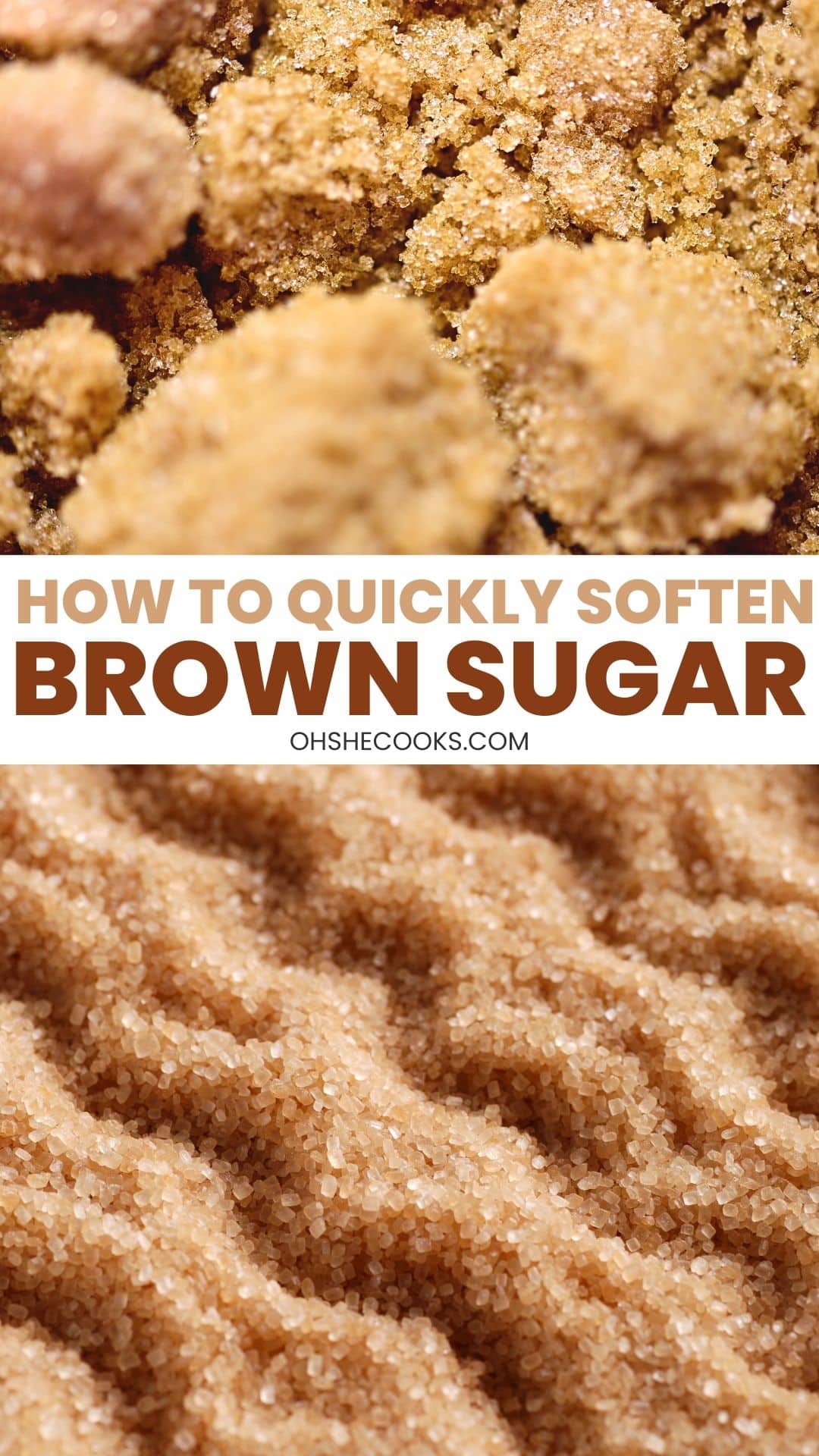How to Soften Brown Sugar Quickly
Have you ever opened your pantry, ready to bake your favorite cookies, only to find that your brown sugar has turned into a hard, unmanageable lump? Don’t worry, it happens to the best of us. Here are some quick and easy methods to soften your brown sugar so you can get back to baking.

4 Methods for Softening Brown Sugar
Method 1: Microwave with a Damp Paper Towel
- Place in a Bowl: Put the hard brown sugar in a microwave-safe bowl.
- Damp Paper Towel: Cover the sugar with a damp (not dripping wet) paper towel.
- Microwave: Microwave on high for 20-30 seconds. Check the sugar and repeat if necessary. Be careful not to melt the sugar.
Method 2: Oven Method
- Preheat Oven: Set your oven to 250°F (120°C).
- Spread on Baking Sheet: Place the hard brown sugar on a baking sheet in a single layer.
- Warm in Oven: Heat for about 5 minutes, checking frequently to ensure it doesn’t melt.
Method 3: Bread or Apple Slice
- Seal in Container: Place the brown sugar in an airtight container.
- Add Moisture Source: Add a slice of bread or an apple slice to the container.
- Wait: Leave it sealed for a few hours or overnight. The sugar will absorb the moisture from the bread or apple.
Method 4: Terra Cotta Brown Sugar Saver
- Soak the Saver: Soak a terra cotta brown sugar saver in water for 15 minutes.
- Place in Sugar: Dry off the saver and place it in your brown sugar container.
- Store: Leave it in the container to keep the sugar soft for a long time.
Tips for Keeping Brown Sugar Soft
- Airtight Storage: Always store brown sugar in an airtight container to prevent it from drying out.
- Freezing: You can also store brown sugar in the freezer. It won’t freeze solid and will remain soft.
These methods will help you soften your brown sugar quickly and easily, ensuring you’re always ready to whip up a batch of your favorite treats.
Enjoy your baking!

